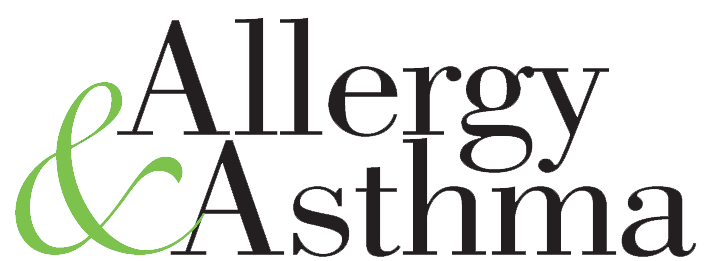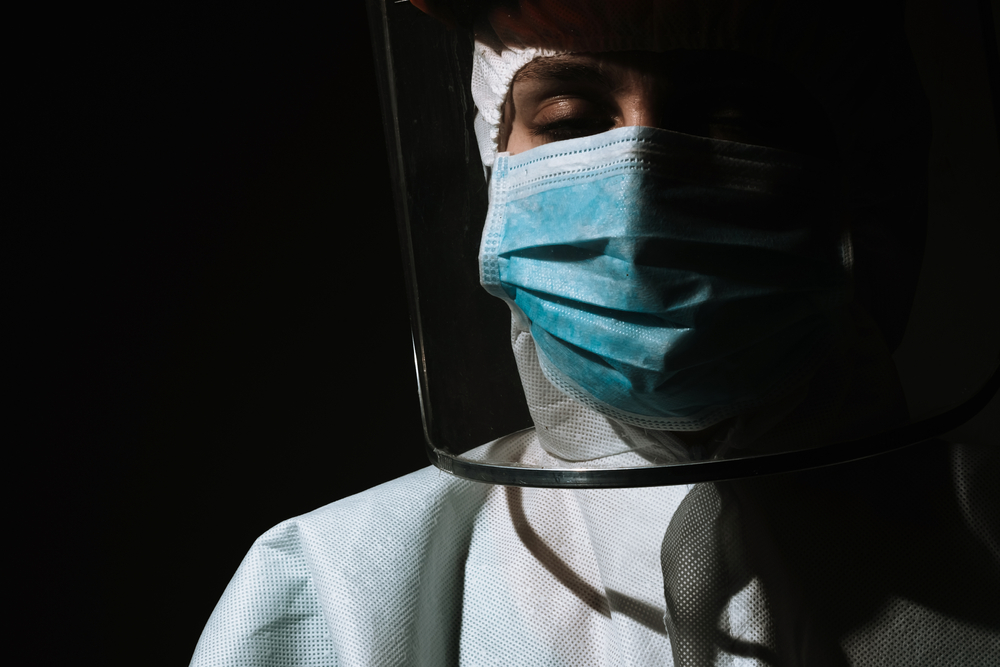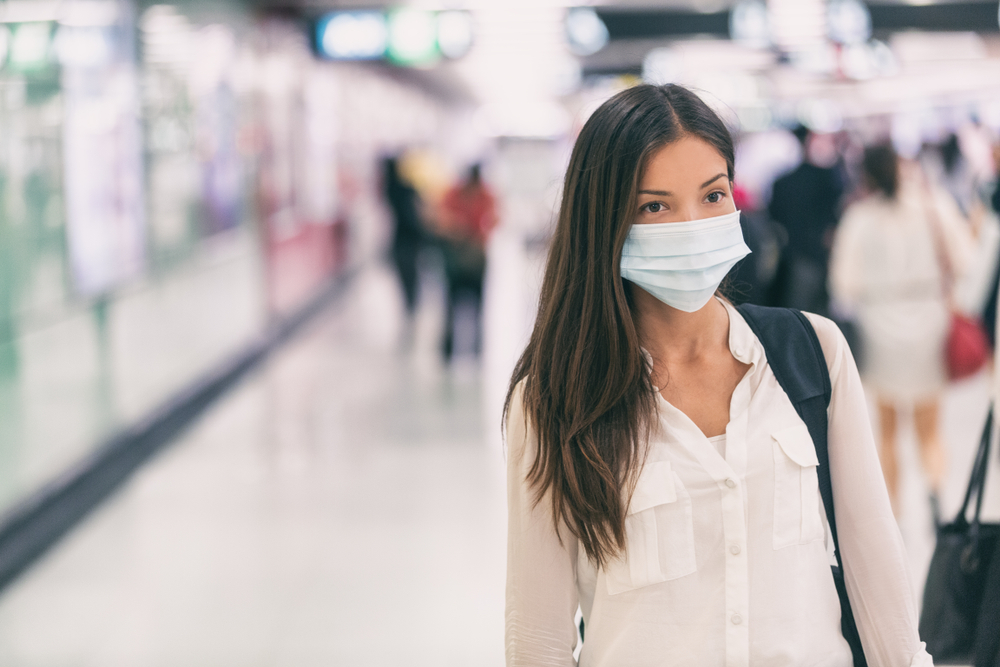Published November 13, 2021 in The Guardian
Jon Henley, Europe correspondent and Philip Oltermann in Berlin
The continent is now the centre of the global epidemic – again. As countries from the Baltic to the Med brace for harsher winter measures, we look at what’s driving the fourth wave.
It was almost as if the pandemic had never happened. In Cologne, thousands of revellers in fancy-dress jostled side by side in a tightly packed throng as they counted down to the start of the annual carnival season at 11am on 11 November.
In Paris, the bars and clubs were open late and filled to bursting on Wednesday, with Armistice Day a national holiday. In Amsterdam, it was business as usual in the overflowing cafes and coffee shops around the Leidseplein.
But rather than heralding the start of a season of celebrations culminating in Christmas and New Year, those nights may have been a last hurrah as a fourth wave of coronavirus sweeps across Europe. Half a dozen Dutch towns have already cancelled the popular parades that, to the joy of the nation’s children, mark the annual arrival of Sinterklaas this weekend, and Germany’s celebrated Christmas markets could yet be called off.
“You can’t imagine standing at the market drinking mulled wine while hospitals are full and fighting over the last resources,” the state premier of Saxony, Michael Kretschmer, said last week, urging the federal government to make the difficult call.
As the Netherlands on Saturday became the first western European country since the summer to impose a partial lockdown, Berlin bars its restaurants to the unvaccinated, and France races to improve its booster campaign, Europe is once again the centre of the pandemic.Advertisement
According to the World Health Organization, coronavirus infections across the continent rose by 7% and deaths by 10% over the past week, making it the only world region where cases and deaths are steadily increasing.
Nearly two-thirds of new infections – about 1.9 million – were in Europe, the WHO said, marking the sixth consecutive week that the spread of virus has risen across the continent, with several countries experiencing fourth or fifth waves. Except in central and eastern Europe, where vaccine coverage is significantly lower, admissions to hospital and deaths generally remain much lower than a year ago, and national differences in preventive measures make it hard to draw broad conclusions.
But experts agree that a combination of low vaccine uptake, waning immunity among people inoculated early, and growing complacency about masks and distancing after governments relaxed curbs over the summer is the most likely cause.
“The message has always been: do it all,” Hans Kluge, the WHO’s regional director for Europe, said last week. “Vaccines are doing what was promised: preventing severe forms of the disease, and especially mortality. But they are our most powerful asset only if used alongside preventive measures.”
Vaccine take-up on the continent is highest in southern Europe, with Portugal, Malta and Spain all having double-vaccinated more than 80% of their populations, and Italy not far behind on 73%, according to figures from OurWorldInData.
Seven-day rolling averages of new daily infections are the lowest in the bloc in those countries, at around 100 per million people – but they are edging up, and in pockets where vaccine take-up is low they have surged.
Trieste, which last month saw major protests against Italy’s green pass – Europe’s toughest, requiring workers to show proof of vaccination, immunity or a recent negative test to access their workplace – has seen daily cases more than double. “We’ve returned to the dark days of the pandemic,” the head of one of the city’s intensive care units said last week after a boom in hospital admissions, 90% of whom were unvaccinated and most directly linked to protests.
But the Netherlands, France and Germany, where vaccine coverage is only a few percentage points lower, have also begun experiencing a surge in infections, showing the challenge even for governments with relatively high acceptance rates.
The Netherlands, which has fully vaccinated 73% of its population, entered a three-week partial lockdown on Saturday, closing bars, restaurants and essential shops from 8pm, shutting non-essential stores and services from 6pm, and limiting home gatherings to four guests after case numbers hit new records.
The country, which relaxed most curbs over the summer, recorded a seven-day average of new infections of 609 per million this week, prompting the government to U-turn on its pledge to drop all restrictions by the end of the year.
Nearly 69% of the population is also fully vaccinated in France, according to OurWorldInData (the government figure, which includes those who have had only one jab if they have previously had Covid, is slightly higher).
A health pass showing proof of vaccination, recovery or a negative test has been needed since the summer to enter bars, restaurants, leisure venues and some shopping malls, board a plane or take a long-distance train, and masks remain mandatory in indoor public spaces – but new cases have been rising in double-digit percentages every week for a month.
“What we are experiencing in France clearly looks like the beginning of a fifth wave,” the health minister, Olivier Véran, said last week, as the seven-day average of new cases, while still relatively low, climbed steadily to 134 per million.
Emmanuel Macron said that from 15 December, over-65s and people in at-risk groups who had not had a third shot would no longer be entitled to a health pass, and at the same time the booster programme would be expanded to over-50s.
Germany, where 66.5% of the population is fully vaccinated, is on the cusp of a fourth wave that could be its most severe yet, recording its highest daily infection rates of the last two years over the past five days, with 48,640 new cases on Friday bringing its seven-day average to more than 381 per million.
The head of the German disease control agency warned that intensive care wards are facing an unprecedented squeeze, saying the country was at “five minutes to midnight”, while the hardest-hit states are contemplating lockdowns.
From Monday, in Berlin, only people who have been vaccinated or have recently recovered will be allowed to visit restaurants, cinemas and hairdressers. The federal health minister, Jens Spahn, on Friday proposed similar rules for entering public events.Advertisement
Christoph Spinner, an infectiologist at Munich’s university hospital Rechts der Isar, questioned whether even these measures would be enough. “What we need now is concerted and stringent action from the federal government, and I am not sure we currently have that,” he told the Observer.
At Spinner’s own hospital, he said, about three-quarters of those being treated for severe Covid were unvaccinated. Roughly half had pre-existing conditions. “Those who say this is now purely a pandemic of the unvaccinated are wrong,” he said.
With the lowest inoculation rate (62.8%) and the highest infection rate (more than 1,000 daily cases per million) of almost all western European countries, Austria is to impose a lockdown for unvaccinated people in its two hardest-hit regions this week and could move forward with similar measures nationwide. Chancellor Alexander Schallenberg said on Friday that , unvaccinated people in the regions of Upper Austria and Salzburg will only be allowed to leave home for specific necessary reasons, such as buying groceries or going to the doctor.
German-speaking Austria, Switzerland and Germany have western Europe’s highest rates of unvaccinated people, although the specific reasons behind people’s hesitancy to be inoculated can be hard to pin down. Compared with southern European states like Italy or Spain, all three have experienced relatively mild waves so far, perhaps leading many to underestimate how lethal the virus can be.
They are also relatively accepting, even supportive, of “alternative medicine”: in Germany, for example, homeopathic remedies can be purchased at pharmacies and are covered by many statutory health insurance funds.
In the former socialist German Democratic Republic, uptake for measles and flu jabs has traditionally been high – but Saxony, Thuringia, Brandenburg and Saxony-Anhalt currently sit at the bottom of the national Covid vaccination chart.
The government’s special commissioner for eastern Germany, Marco Wanderwitz, has suggested vaccine resistance may have a political dimension in his home region of Saxony, a bastion of the far-right Alternative für Deutschland.
“There is a clear link between support for the AfD and rejection of vaccines,” Wanderwitz has said. In Austria, the far-right Freedom Party (FPÖ) has also endorsed anti-vaxxer views with even more enthusiasm.
In central and eastern Europe, meanwhile, much of which emerged from Communist rule barely 30 years ago, poverty, poor health education and misinformation have combined with an entrenched mistrust in government and state institutions to produce Europe’s lowest levels of vaccine take-up.
As a result, nine central and eastern European countries currently feature in the EU’s highest 10 coronavirus daily death rates. Romania and Bulgaria have the bloc’s highest daily fatality rates at around 22 per million – more than 30 times the rates in France, Spain and Portugal.
Despite ample vaccine supplies, the two countries have fully vaccinated the lowest proportion of their populations of all the EU27: just 34.5% of Romania’s inhabitants have received two jabs, and 23.04% of Bulgaria’s. Both have recently imposed tougher restrictions, while Latvia, another low-vaccinated country, imposed a four-week lockdown as early as mid-October. The Czech Republic, Slovakia and Russia have also tightened measures.
In western Europe, the question now is whether countries can curb this latest wave without having to resort to full-scale lockdowns. Experts say the answer is probably yes – measures such as distancing, masks and vaccine mandates for indoor venues will be vital.
“If one of these things is lacking, we will see situations such as we are now seeing in many European countries,” said Antonella Viola, professor of immunology at Italy’s University of Padua.
Hans Kluge said last week that authorities must accelerate vaccine rollouts, including booster shots for at-risk groups and doses for teens. “Most people hospitalised and dying from Covid-19 today are not fully vaccinated,” he said.
But public health and social measures were equally vital, he said, adding that the WHO estimated 95% universal mask use in Europe could save almost 200,000 lives.
Applied “correctly and consistently”, preventive measures “allow us to go on with our lives, not the opposite”, Kluge said. “Preventive measures do not deprive people of their freedom, they ensure it.”
This article was amended on 15 November 2021. At-risk groups in France, including over-65s, who have not had a booster jab will no longer be entitled to a health pass from 15 December, not 1 December. The health pass itself is needed to enter bars, restaurants, leisure venues and some shopping malls, but not shops in general as an earlier version indicated. Further amended on 22 November 2021 to correct a caption saying that a Leipzig cafe sign said that only “2G” people could enter; rather, the sign said indoor dining was allowed for this group only.




